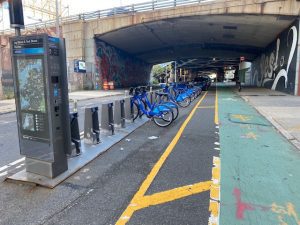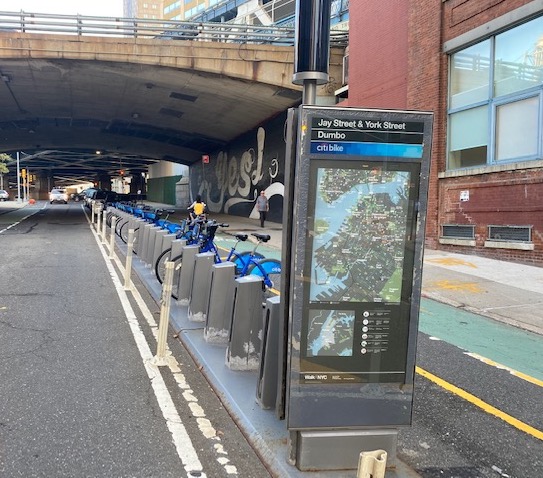With the ever-popular trend in “greener” pastimes, more people have begun walking and using bicycles to get around. Commuting to work by bicycle is a way of life around the world and is now becoming widespread in the United States. Similarly, walking is seen to be the most basic means of travel and many of us have integrated walking into our daily routines. We now know that exercise has been found to be beneficial to our health, and a great anxiety-releasing activity. When you begin incorporating these activities into your daily life you are promoting health.
Pedestrian infrastructure includes essential elements such as sidewalks and bicycle paths. Expanding and improving these paths ensures that a network is in place to continue to make bicycling and walking viable modes of travel. In order to promote this behavior, it is essential that the infrastructure is safe and comfortable to use daily. Providing opportunities for physical activity from transportation is the goal of the “greening” members of society. Some elements of bicycle and pedestrian infrastructure may include:
- Bicycle lanes, parking, and storage facilities.
- Curb extensions.
- Landscaping.
- Sidewalks and paved shoulders.
- Separation and buffers.
- High visibility signage.
- Pedestrian and bicyclist scale lighting.
- Pedestrian overpass or underpass.
- Trails or shared-use paths.
- Shared-lane markings (sharrows)
- Intersection treatments for bicycles – bicycle boxes, stop bars, lead signal indicator.
- Signalized pedestrian crossings and mid-block crossings
Bicycle and pedestrian infrastructure, location, and type can affect health outcomes. It has been found that bicyclists and pedestrians who use pathways next to heavily congested roadways could experience increased exposure to vehicle emissions. It is for this reason that bicycle infrastructure is beneficial because it physically separates the cyclist from moving vehicles. This can help increase bicycle use, especially by less confident riders, and support safe travel in some applications.
Bicycle and pedestrian facilities can provide the following benefits:
- Energy Conservation: Less fuel is used as a result of decreased motorized vehicle use.
- Decreased Pollution: Pollution is reduced as a result of increased non-motorized commuting.

The benefits of investing in bicycle and pedestrian infrastructure cannot be denied. Many communities seek to attract residents, build their tax bases, and spark their economies despite limited budgets and an unknown future to ensure transportation equity for all. Their goal is to promote public health while addressing climate change. Enhancing the overall walking or cycling experience is an important consideration when encouraging more walking and transit trips. What is your community promoting in terms of non-motorized transportation? You and your family can do your part by walking instead of using your car for local errands. Try bicycle riding as a family activity when traveling short distances. Never underestimate the benefits of keeping fit while helping to ensure the health of your environment. Walking and cycling are two ways to ensure the health of both!



Leave a Comment